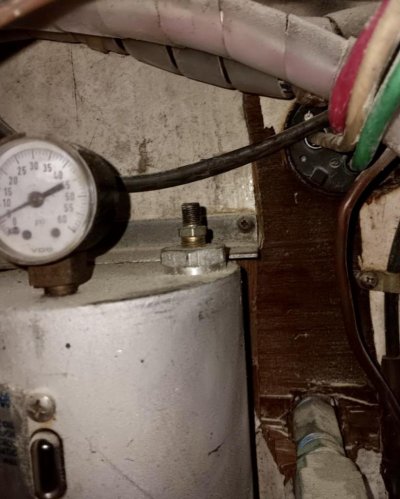Have a 1987 tiger Marine crawler lower upper Helms I do not have the screw hole on the steering columns where you can add some quick hydraulic fluid and my pressure is low. I can see when I turn the upper steering wheel I have hydraulic fluid coming down underneath dripping and when I go to the reservoir I don't know where I would add the fluid in prior to pumping up the PSI??
At this point what I need to replace the upper steering wheel gearbox? Is it that's what you call it when I take the plate off from behind the steering wheel but still outside it's nothing but decoration so what I have is a steering wheel and the steering wheel pole going through the helm into a box that has three copper tubing coming off of it the copper tubing are not leaking it seems like it's almost coming from the front side of the gearbox??
Any help or suggestions would be great
At this point what I need to replace the upper steering wheel gearbox? Is it that's what you call it when I take the plate off from behind the steering wheel but still outside it's nothing but decoration so what I have is a steering wheel and the steering wheel pole going through the helm into a box that has three copper tubing coming off of it the copper tubing are not leaking it seems like it's almost coming from the front side of the gearbox??
Any help or suggestions would be great
Attachments
Last edited by a moderator:


